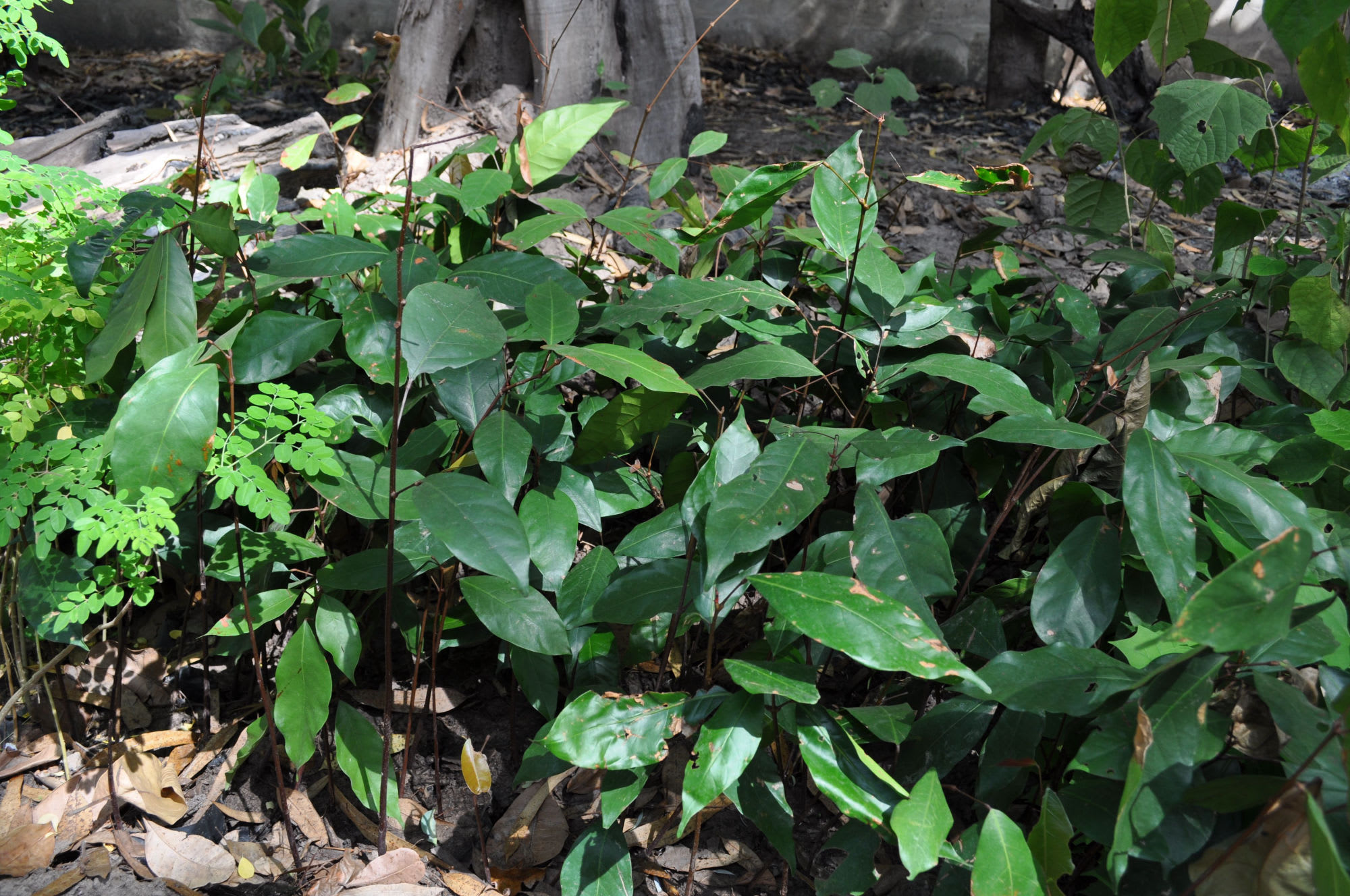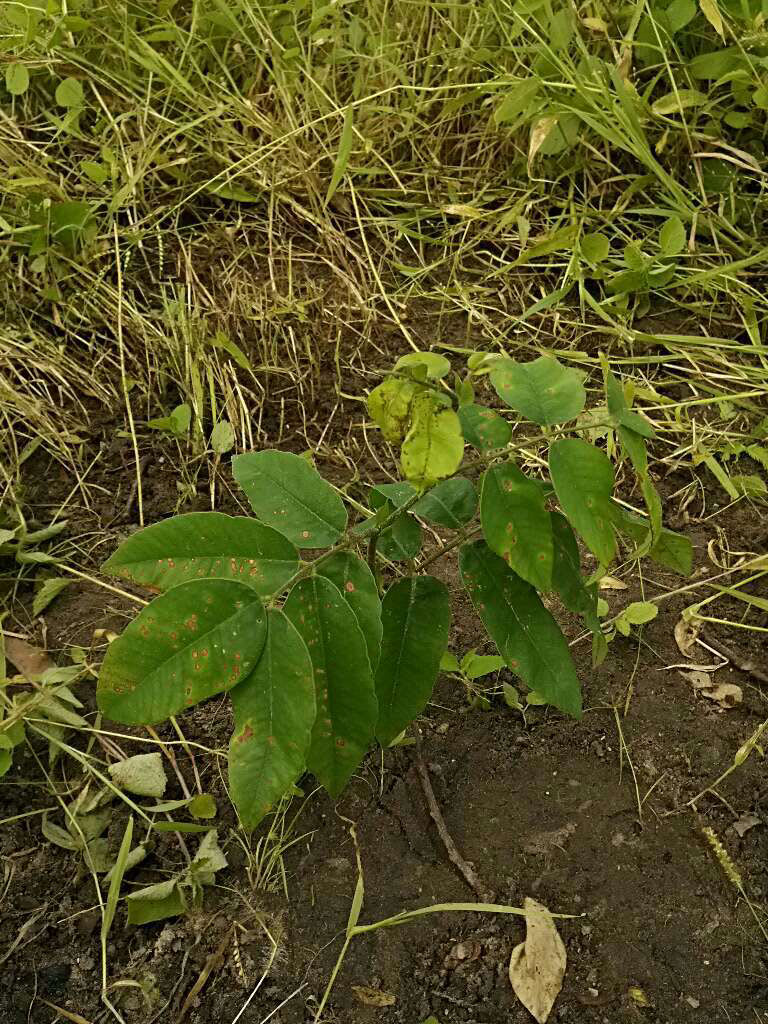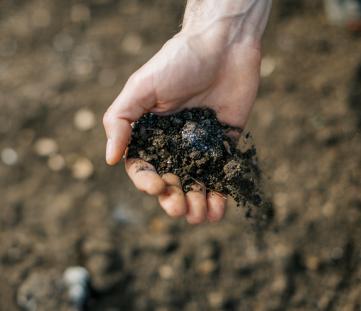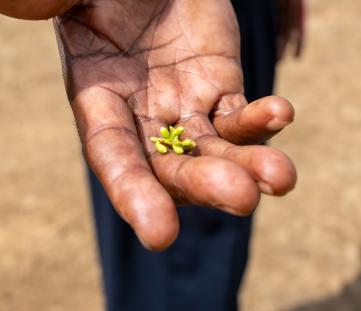ID: XEP-5ER
ID: XEP-5ER
Ditakh
Detarium senegalensis
Photo
Senegal
04:38 - 20°C
My connections
My ID card
Who am I?
Date of birth
12/03/2013
Name
Ditakh
Tree
Ditakh
Where am I located?
Country
Senegal
Place of birth
Communauté rurale de Kataba 1
Coordinates
13° 5′ 50.66″ N
16° 34′ 30.13″ W
/-16.575035480522,13.097406629153,0/500x333@2x?access_token=pk.eyJ1IjoidG9tbWFzb3NwZXJvbmkiLCJhIjoiY2tnOTE3eW12MDJqazMybXNzOWV1YjloOSJ9.wtGsuDU7XIKjcv2cq8CiXw&logo=false&attribution=false)
My Timeline
The important moments in your tree's life.
Seed
It all starts with a tiny seed, nice and warm in the soil.
Nursery
Your seedling is big enough to be welcomed into one of our nurseries, along with many others.
Planted
We’re here! Your tree has reached its new home: it’s been planted by a smallholder, who’ll take care of it for years to come.
Photo
Strike a pose! Now that it’s big enough, here’s a photo of your tree!
My Gallery
Nursery

Planted
/-16.575035480522,13.097406629153,0/500x333@2x?access_token=pk.eyJ1IjoidG9tbWFzb3NwZXJvbmkiLCJhIjoiY2tnOTE3eW12MDJqazMybXNzOWV1YjloOSJ9.wtGsuDU7XIKjcv2cq8CiXw&logo=false&attribution=false)
16° 34′ 30.13″ W
Photo

Curiosity about me
The important moments in your tree's life.
Let's start with introductions
The Ditakh tree grows in flat plain forests and in savannas, often along bodies of water. The green fruit is edible and can be eaten raw or cooked. It's planted for alimentary purposes to prepare sweets, jams, and juices.
Meaning
Title not available
Description not available

How much CO2 I’ll absorb
My estimated CO2 absorption capacity is based on the first 10 years of my life*
Current absorption
- 1100 kg
2013
0 kg
2023
-1100 kg
* The tree will continue to absorb CO2 even after the tenth year. Therefore this is a prudent estimate.
How I am useful to local communities

Soil
It improves the quality of the soil thanks to the nitrogen fixation process or it reduces soil erosion, thanks to its extended root system.

Medicine
Its leaves, roots, bark and/or fruits are used in traditional medicine.
My benefits
20%
Food Security
The trees will bear fruits, some that will be edible immediately and others that can become edible through processing, ensuring food resources over time.
20%
Economic development
The trees' fruits and the products derived from their transformation can be traded in local networks, offering income opportunities.
100%
CO₂ Absorption
During its life cycle, each tree will offset CO₂. The trees that you plant can offset your emissions.
60%
Environmental protection
The trees are planted in agroforestry systems that favor the virtuous interaction between the different species and their positive impact on the environment and on the land.